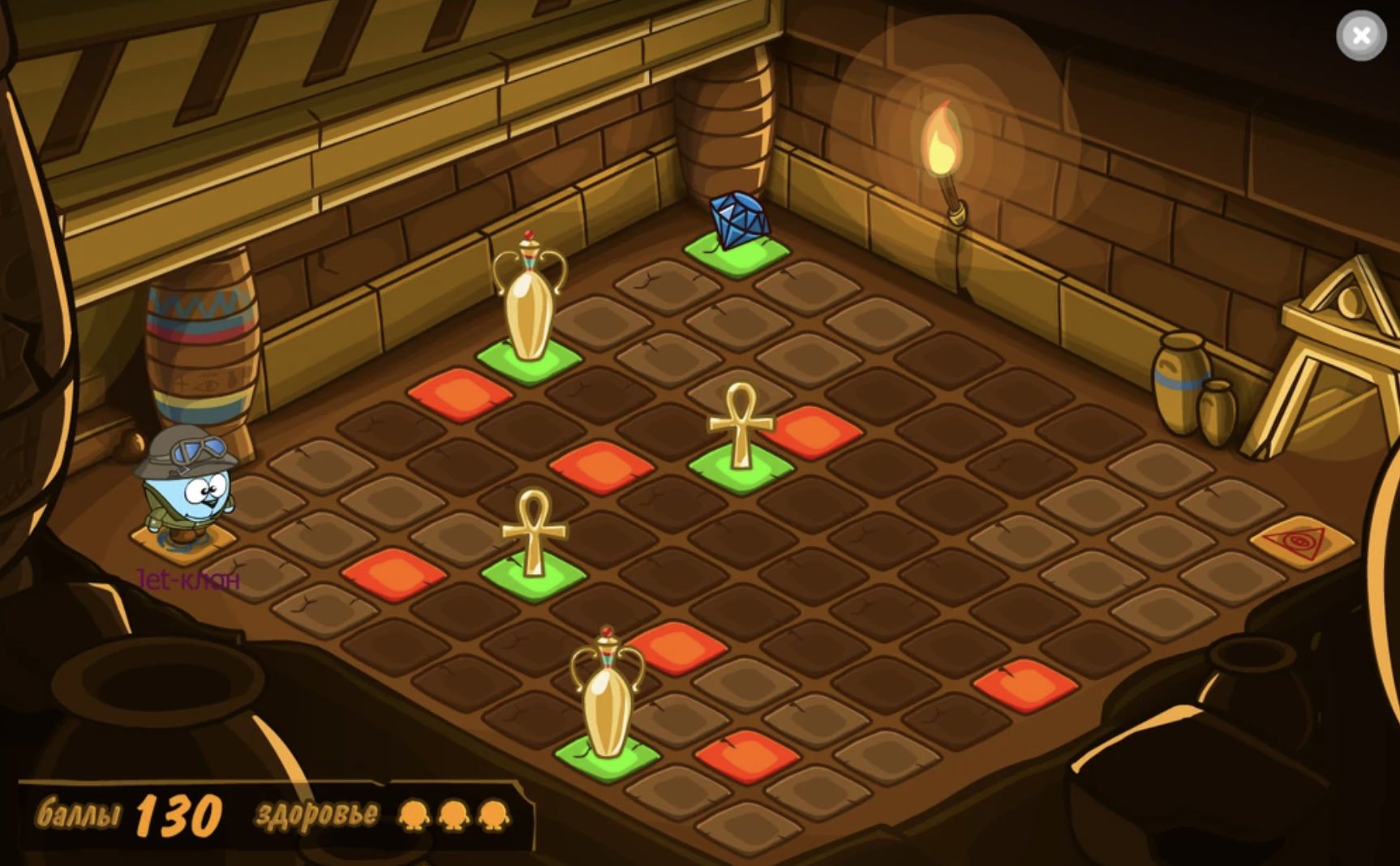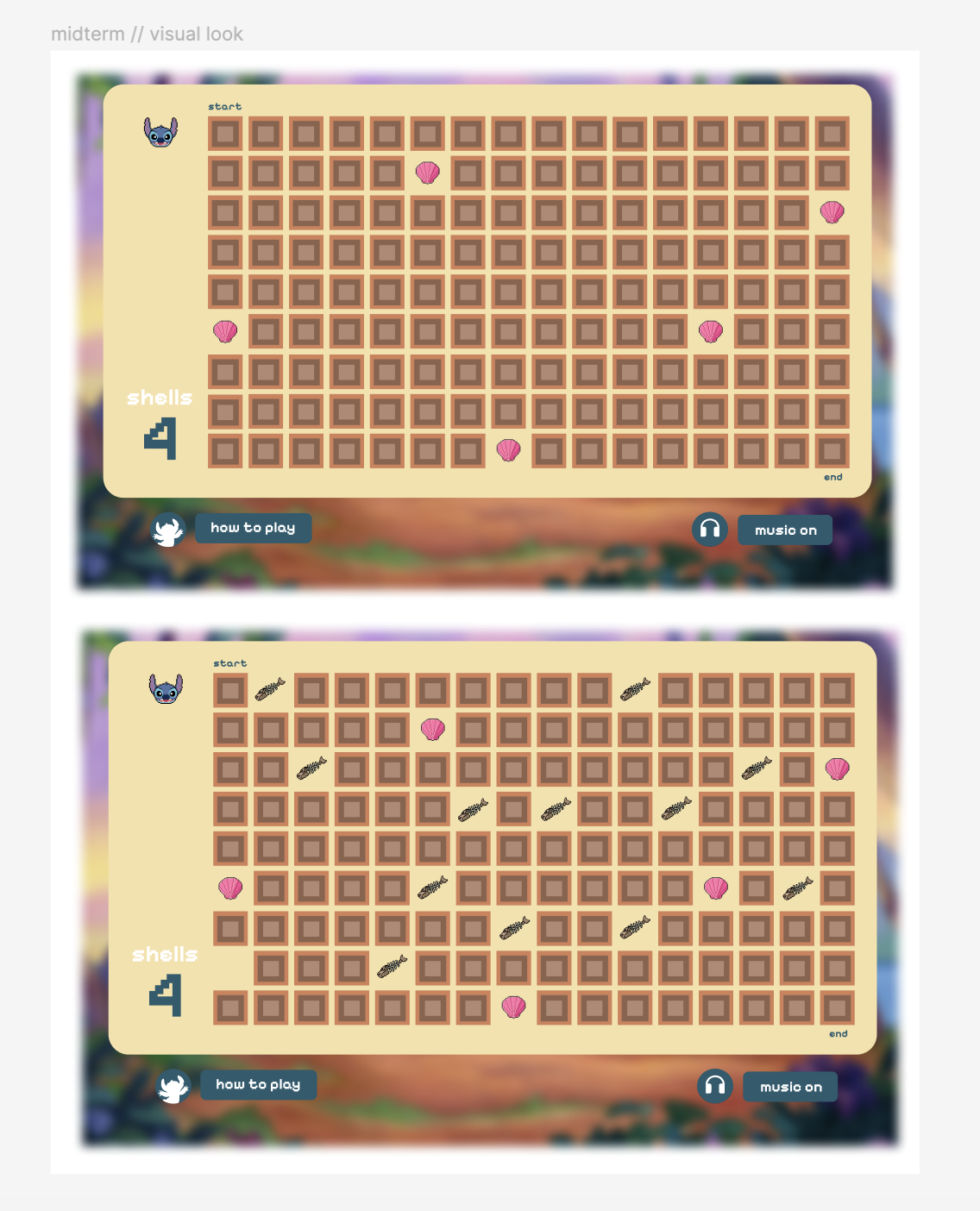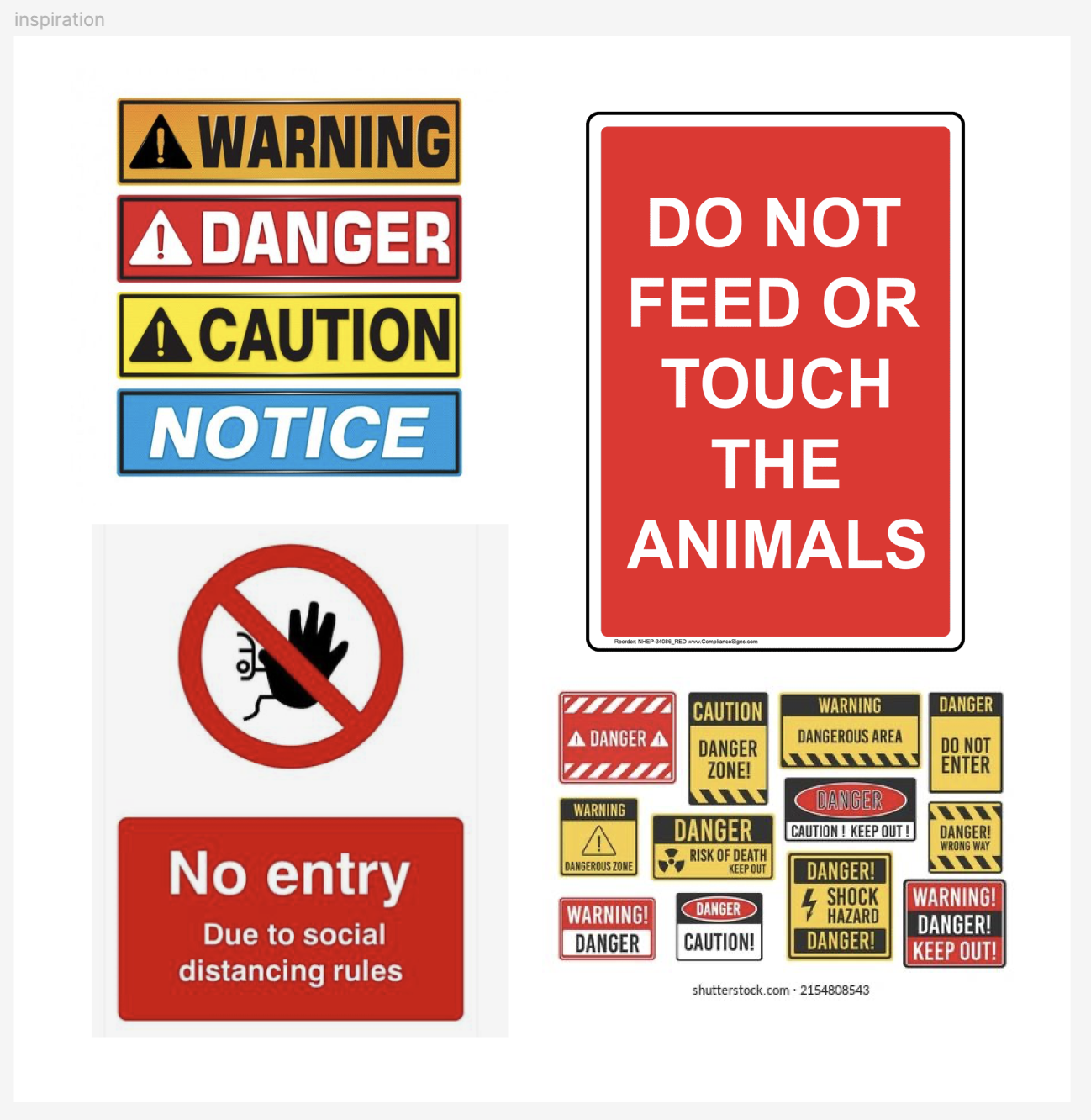I was intrigued to revisit Donald Norman’s work after reading the excerpt from The Design of Everyday Things earlier in class. Personally, I find this article more compelling for how it emphasizes the importance of blending usability with attractiveness to create what Norman terms “good design.” Several ideas stood out to me, particularly the argument that design is inherently contextual, relying on the specific person interacting with it at a unique moment and place. Moreover, what influences how a design functions is the individual’s mood, or “affect,” which constantly shifts. I find this concept extremely helpful for designers as it highlights the fluid and responsive nature of truly effective design.
Another eye-opening point was Norman’s suggestion to consider the context of a design based on the overall stress level of the situation where it will be used. The example he gives — struggling to decide whether to push or pull a door due to one’s stress level — felt especially relatable. I agree with Norman’s implication that a good designer anticipates and accommodates the immediate needs of the user in such moments. For me, the article’s key takeaway lies in the concluding section, where Norman redefines beauty in design as something not superficial and “skin deep”, but holistic and comprehensive. It may seem slightly sarcastic at first when he concludes with “attractive things work better,” yet it underscores the essence of good design. Functionality and attractiveness are always in balance, and functional design, in the end, evokes a unique appeal that aligns with its purpose and context, crafted to enhance the user’s experience.
It is interesting to note how Margaret Hamilton’s experience complements Norman’s ideas about design as a process shaped by context, adaptability, and human limitations. Just as Norman emphasizes how design must account for users’ moods and stress levels, Hamilton’s work highlights the need for resilience in coding to accommodate human error. As for me, both illustrate that effective design — whether in physical objects or software — requires a deep awareness of the user’s state and context. Hamilton’s insistence on error-checking, despite opposition, resonates with Norman’s view that design is not just about fulfilling a basic function but about anticipating a range of human interactions, including mistakes.
I also found similarity between Hamilton’s approach to coding as a blend of technical precision and intuition and Norman’s idea of beauty in design as holistic rather than superficial. Just as Norman advocates for designs that appeal and function seamlessly, Hamilton’s coding enabled the Apollo missions to perform flawlessly in unpredictable situations. Her case proves us that true innovation comes from crafting systems that are both effective and resilient, achieving beauty and function through an intuitive understanding of human and technological dynamics, similarly to the ideas developed by D. Norman.





